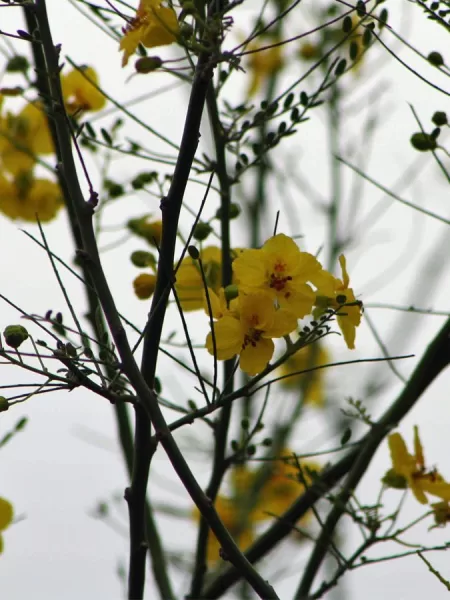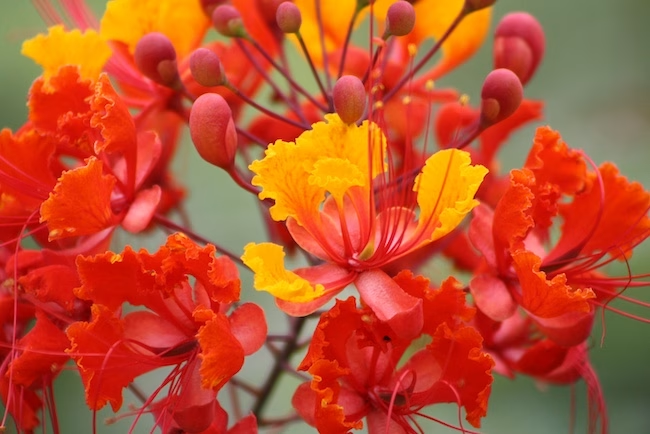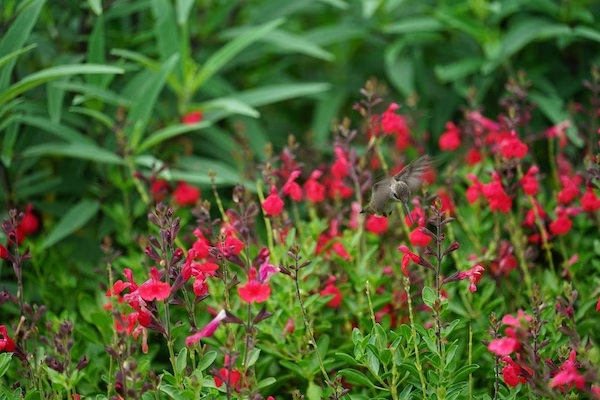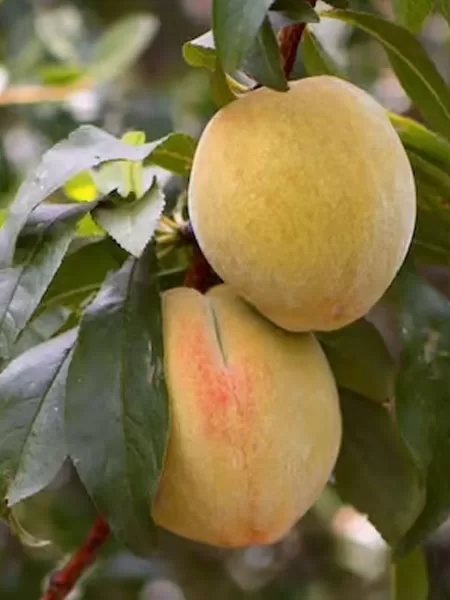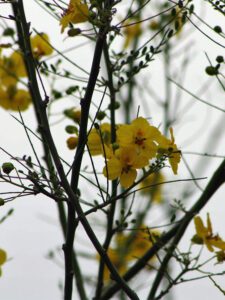
Why the ‘Desert Museum’ Palo Verde is Perfect for Austin Landscapes
The Palo Verde ‘Desert Museum’ , Cercidium, have been getting a lot of attention lately here in Austin, Texas, and for good reason! Loaded with bright yellow blooms, these trees are truly stunning and visible from far away.
Named for the Spanish word for ‘stick’ and ‘green’ this tree features bright green bark that is truly unique.
Highly popular among local gardeners, the ‘Desert Museum’ Palo Verde is a deciduous, drought tolerant, and fast-growing tree. Beyond their seasonal blooms, these trees feature a beautiful wispy look and can reach heights of 20-25 feet. Excellent as accent trees even when they are not blooming.
The Palo Verde is an excellent choice for Austin, Texas. They prefer full sun and well-drained soil. When planning your landscape make sure to select plants with similar water requirements.
Comparing the Palo Verde to the Texas Retama
Commonly confused with the Palo Verde, the Retama, a Texas native, also has green bark and yellow blooms. This Texas native tree is easily distinguished by the thorns covering its branches. The leaves of the Palo Verdes are more compact and resemble the leaves of a Mimosa tree while the Retama leaves, though they resemble the Mimosa leaves, are a bit longer. To the casual observer they are quite similar aside from the thorns and the Retama tends to have a more natural free look while the Palo Verde has a more classic shape and form.
Best Companion Plants for Palo Verde
Creating a cohesive landscape means selecting plants with similar water and sun requirements. Beautiful combinations for the ‘Desert Museum’ include:
Flowering Perennials: Salvia greggii in red or purple and ‘Mystic Spires’ Salvia for a stunning blue contrast.
Evergreen Structure: Dwarf Yaupon Holly provides year-round green to balance the wispy look of the tree.
Architectural Accents: Pair with desert-loving plants like Parryi truncata, Artichoke Agave, Queen Victoria Agave, and Candellia.
Texture & Movement: Add various Dasylirion and Sotols for a low-maintenance, high-impact finish.
These selections are all low-water once established, easy to care for, and thrive in the full Texas sun.
However, you choose to plant your tree whether it be standing alone or alongside perennials and shrubs, the Palo Verde is an excellent choice for height, blooms and architectural interest.
Visit Vivero Growers Nursery Today
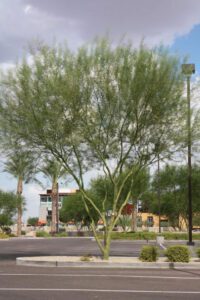
Unique green bark of the Palo Verde ‘Desert Museum’ Tree
Whether you want a striking standalone specimen or a centerpiece for a perennial garden, the Palo Verde ‘Desert Museum’ is a must have for Central Texas. Contact us or visit our Austin nursery to see these architectural beauties in person!
SaveSave
SaveSave
SaveSave
SaveSave
